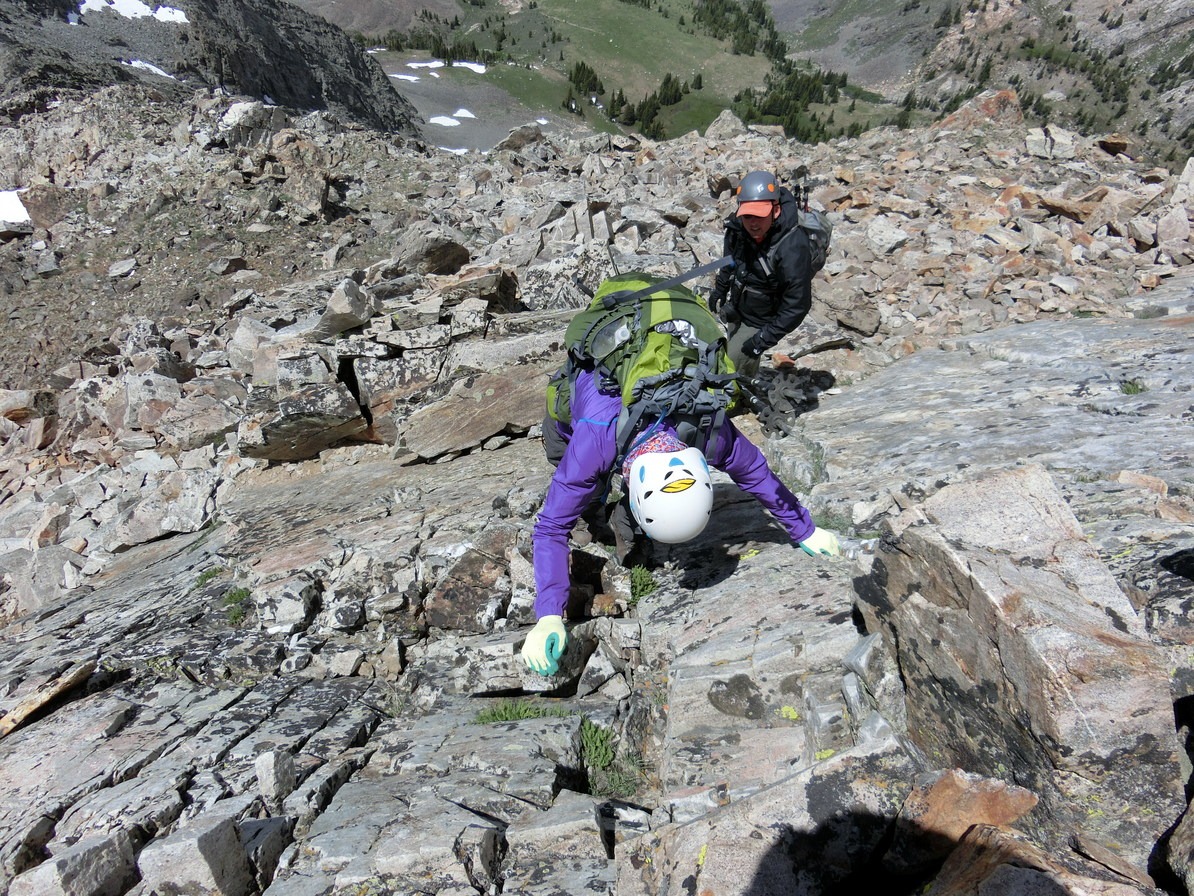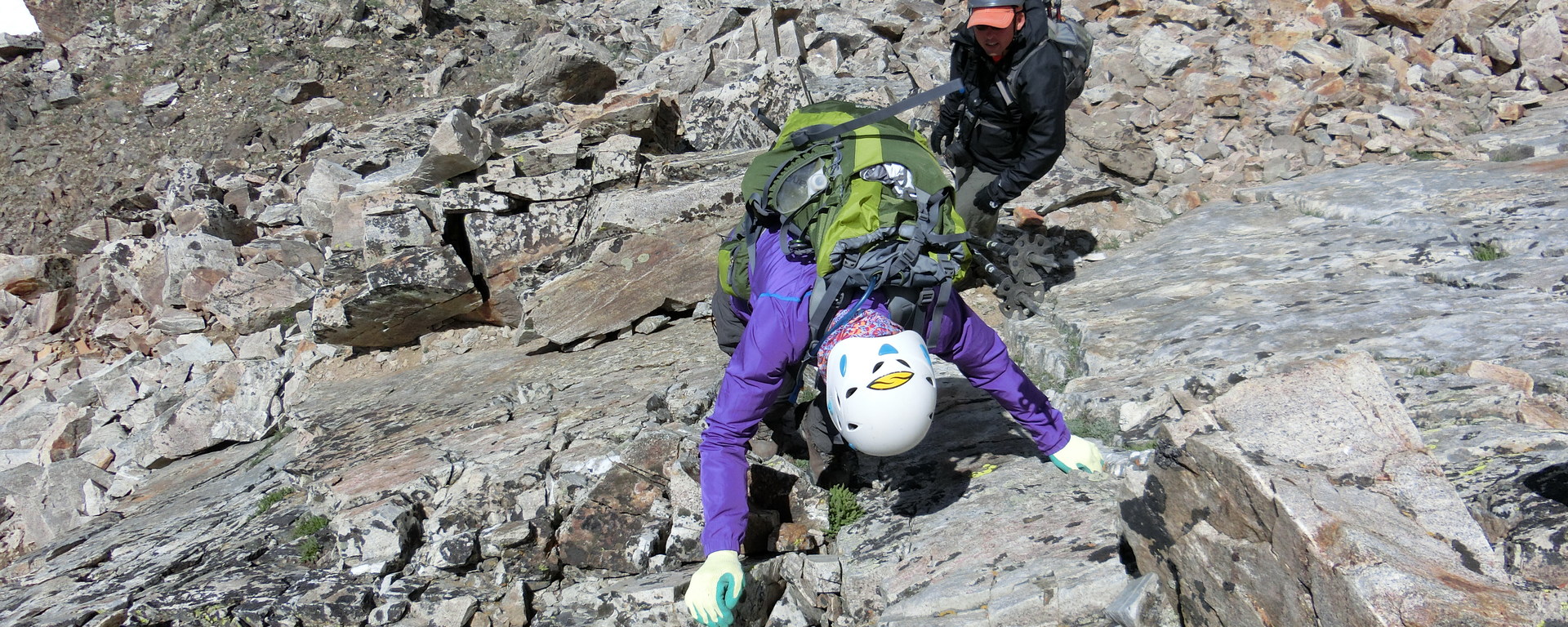You are here
Practicing Leave No Trace is a collective effort, meaning that its success or failure at minimizing impacts to nature depends on millions of individuals making responsible choices each time they recreate outdoors. Each of us is ultimately responsible for our own actions outdoors, and hopefully we will each take it upon ourselves to become properly educated in Leave No Trace. However, what do we do when we inevitably encounter those who are engaged in “Less than Leave No Trace” practices in the outdoors? To begin with, perhaps the worst thing we can do is start an angry confrontation. Once someone is angry, the chances of them listening and changing behavior becomes next to nothing.
It is probably a good idea to avoid the following tactics:
- Quoting rules and regulations. Most people balk at regulations because they view them as unnecessary restrictions on their freedom. People generally don’t like to be told what to do without understanding why. It’s best not to start by pointing out that their actions may be illegal, especially if you are not a trained law enforcement/management agency representative.
- Arrogance. So you’ve learned all there is to know about LNT and you’re ready to show the world? Nothing irritates and angers people more than adopting a “holier than thou” attitude with Leave No Trace practices (or anything for that matter). Shoving LNT down someone’s throat is not a great way to get them on board with it.
- Yelling/name calling/offensive language. This does not lead to change. It just makes people angry and more confrontational.

Sticking to durable surfaces allows you to enjoy off-trail travel while still minimizing your impact.
It is important to remember that unless we actually do wear a law enforcement or management agency badge, none of us can act in an official capacity when challenging bad behavior. We cannot represent the authority of the management agency in these situations, but we can use what is called the Authority of the Resource Technique (ART), which has proven effective in getting people to change their attitudes and behave in a more Leave-No-Trace-friendly way. What ART does is defuse situations through education and understanding. Instead of simply telling someone that what they are doing is wrong, ART emphasizes informing people of the impacts their actions can have and alternative actions that will have a lesser impact.
Here are some tips to make these kind of interactions more successful using the Authority of the Resource Technique.
- Always give the person the benefit of the doubt. Most inappropriate behavior in the outdoors does not result from ill intent but from ignorance or misunderstanding. It’s most likely that the person engaged in the “Less than Leave No Trace” behavior simply does not understand the consequences of their behavior or that they are doing anything wrong at all. Keep that in mind, and your conversation will likely end up being far more productive and less antagonistic.
- Talk to the person and build a relationship. There’s no way to know a person’s experience and intent unless you talk to them and get to know them a bit. They may be doing what they are doing simply because they are new and inexperienced. Additionally, people will be much more willing to talk honestly with someone who is friendly and interested in them.
- Use friendly body language. The way you stand, the gestures you make, and the facial expressions you use can either make or break your conversation.
- Avoid confrontational/impatient body language such as getting up in someone’s face, crossing your arms, and finger pointing. These things will just make it more difficult to reach the person and will likely close off any further attempts at communicating. Try standing side by side so that you are facing the problem together as a “team.” Friends generally stand beside one another, and you want them to think of you as a friend instead of an enemy.
- Offer education. This is where you take the opportunity to teach them instead of just telling them what they are doing wrong. So, for example, you could say, “Hey! Get your dog back on the leash! Did you know that dogs are not allowed off leash in this area?” This approach, while pointing out what behavior is inappropriate, does nothing to remedy the situation and reduce conflict. Another way to say the same thing more effectively might be, “Hi! How are you doing today? Don’t you just love being in the mountains this time of year? One of my favorite things is seeing all the baby animals around. In fact, I saw a few fawns in this meadow a few minutes ago. It might be a good idea if you kept your dog on its leash while you’re here since it might make this time of year a little more stressful for the little ones.” This statement assumes no malicious intent on the part of the perpetrator and explains the reasons for why keeping a dog on a leash is a good idea without actually bringing up the fact that they are not following the regulations. Because they have been educated on why dogs are supposed to be leashed, they are far more likely to change their behavior.
- Present alternatives. Instead of just telling someone not to do something, oftentimes you can give them an alternative time or place where what they would like to do is appropriate. Or, if the activity they want to do is never a good idea, see if you can pique their interest with a different, more LNT friendly alternative..
The more we educate ourselves and practice Leave No Trace in the outdoors, the better our world will be. While a great deal of information about LNT can be found online, it is always a good idea to get more in-depth field experience with it. Consider taking a Leave No Trace Trainer or Master Educator course to get the knowledge and skills needed to teach others. These courses are offered throughout the year by organizations like NOLS, the Appalachian Mountain Club, and the Boy Scouts of America that are partnered with the Leave No Trace Center for Outdoor Ethics. You can discover more about LNT resources here.
Knowledge truly is power, and in this case the more we know about Leave No Trace, the more power we will have collectively to keep our world healthy and beautiful for generations to come.
To read more about the importance of Leave No Trace, check out the following articles:
Matthew Durrant is an Outdoor Project Contributor, an active volunteer as a Leave No Trace Master Educator, and the Outdoor Ethics Advocate for the Great Salt Lake council, BSA.





Comments
Sign In and share them.